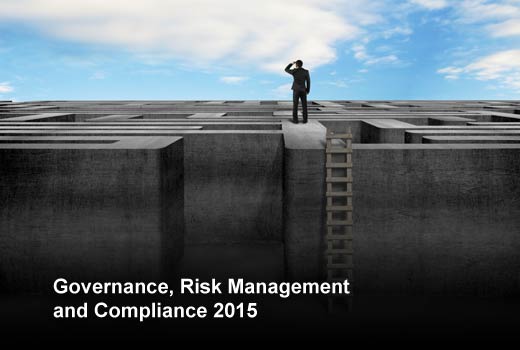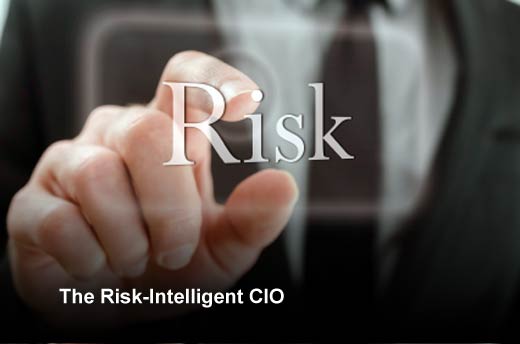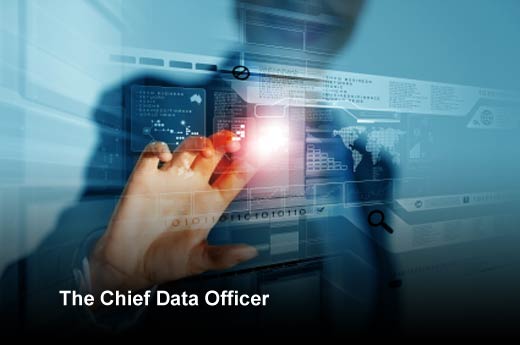As 2014 comes to an end, it is important that we look back and reflect, as well as prepare for what is yet to come in 2015. Our world is increasingly risky, regulated, mobile, social, global, cloudy, interconnected and data-driven. All of this, taken together, has significantly and fundamentally changed the way individuals live and work, and the way organizations conduct business.
Amidst such change, in the year ahead we will see organizations embark on, and continue forward in their journey to become better governed, more risk-aware, and compliant. We will also continue to see a strong focus on bringing together the right teams of people and the right GRC tools and technologies needed to help business leaders contextualize information, understand their business, make better decisions, and ultimately, drive superior business performance.
In this slideshow, Vidya Phalke, chief technology officer, MetricStream, and Piyush Pant, vice president of Strategic Markets, MetricStream, take a closer look at the major trends expected in 2015.
GRC 2015
Click through for a closer look at major trends shaping year 2015, as identified by Vidya Phalke, chief technology officer, MetricStream, and Piyush Pant, vice president of Strategic Markets, MetricStream.
Contextualization of Information
Contextualization of information will be the new emerging challenge for the CIO. Given the increasing proliferation of information touch-points across the organization and extended enterprise, and as devices continue to proliferate, real-time collaboration across organizational groups becomes imperative. In 2015, CIOs across organizations will face all new challenges when it comes to ensuring the same user experience, reliability and security, while also facilitating access to users across various platforms and devices.
The Risk-Intelligent CIO
The risk-intelligent CIO will play a more proactive frontline role. In 2015, organizational business strategies to gain, retain and serve customers will become more digital. As businesses create their digital ecosystem, CIOs will need to establish a background risk and governance framework that supports business continuity, data security and data privacy. The CIO role will continue to evolve to help the organization mitigate all of the associated technology risks, as well as manage regulatory compliance to ensure continuous customer and organization success. When it comes to driving the business strategy and risk appetite of tomorrow’s digital organization, the CIO will emerge as one of the most critical advisers.
Convergence
GRC technology is heading toward convergence and enterprise-wide adoption. Decision-makers and key users are discovering the benefits and synergies that exist between policy, risk and compliance management. In 2015, we will see more organizations adopt a common technology platform that can harmoniously manage all three areas together.
The Chief Data Officer
The chief data officer will emerge as a critical organizational role. Looking ahead to year 2015, we will see the emergence of a new critical organizational role – the chief data officer. This person will emerge from the organization’s data scientist role, and will possess strong left brain and right brain competencies, will excel in the areas of math and science, but will also be extremely curious, collaborative, and communicative. Passionate about data, these individuals will help lead the organizational charge, working right alongside other key business leaders such as the chief digital officer, the chief information officer and the chief risk officer to drive better decision making and enhance business performance.
Big Data
Big opportunity in Big Data. The unprecedented volume, variety, veracity, and velocity of structured and unstructured information, also known as Big Data, is any organization’s biggest opportunity. Sophisticated Big Data processing technologies now have the capability to aggregate and analyze social media and location-enabled sites, multimedia, documents, emails, weblogs, surveillance records, medical records, threat and vulnerability scanners, supplier data, regulatory feeds, e-commerce transactions, voice notes, audio transcripts, stock trades, transaction logs, geo-spatial data, and more — all in real or near-real-time.
As a result, organizations are able to identify trends and spot anomalies based on a rules-based framework, in a way that can help strengthen their risk and regulatory compliance efforts. For example, social media content can be used to provide key customer insights, and supplier data in aggregate can provide key indicators around supplier financials and behaviors that support third-party vendor due diligence. The biggest challenge facing any organization in the year ahead will lie in the ability to distill the signals from the noise.








